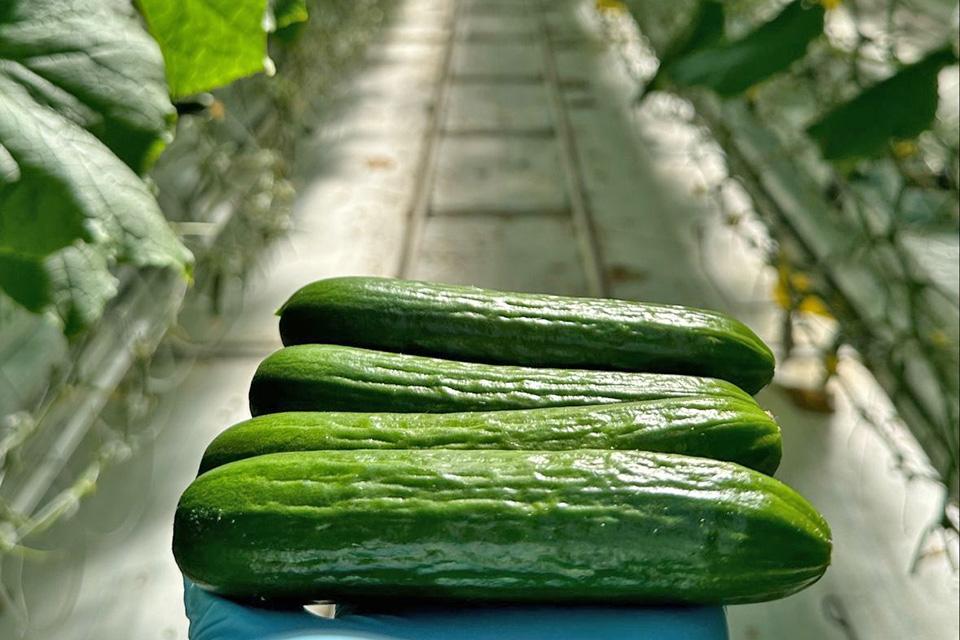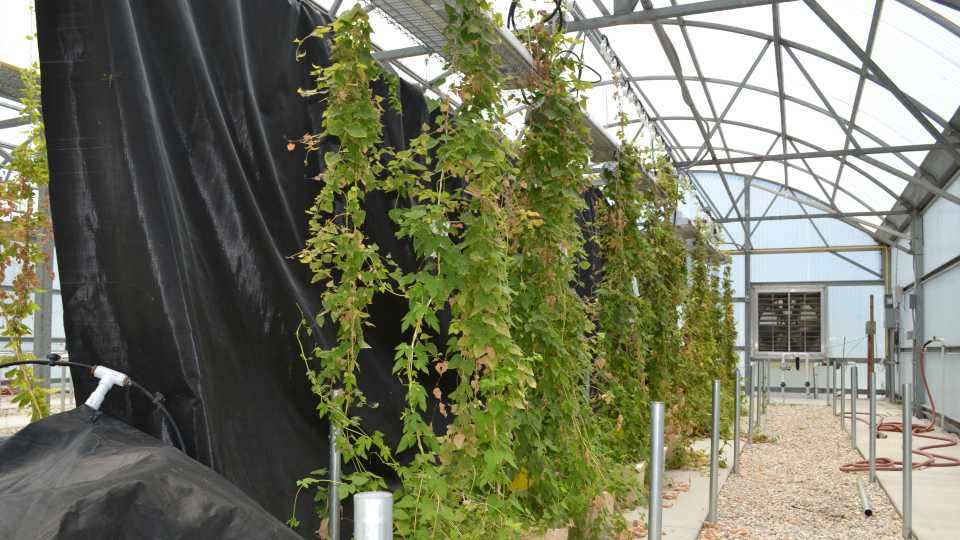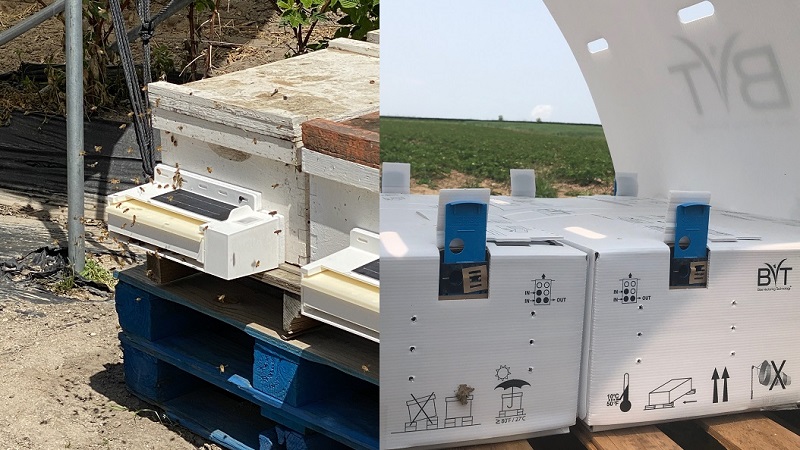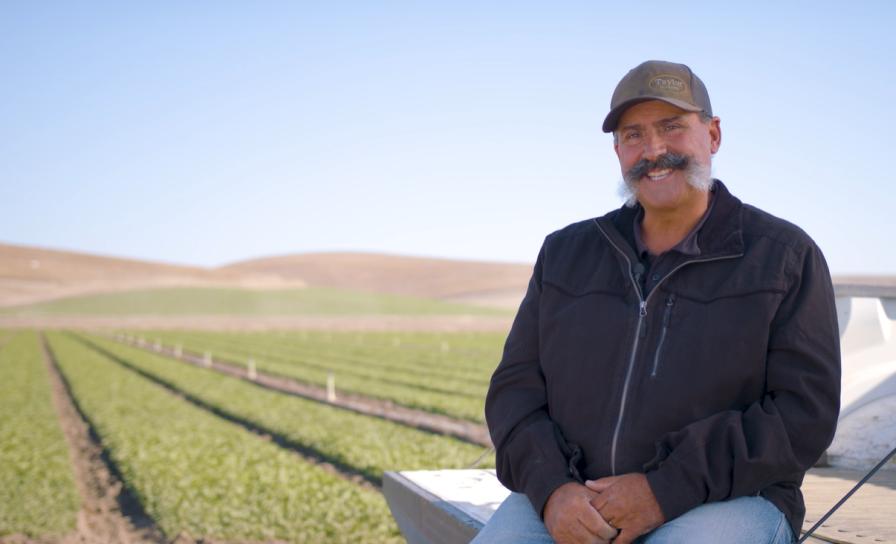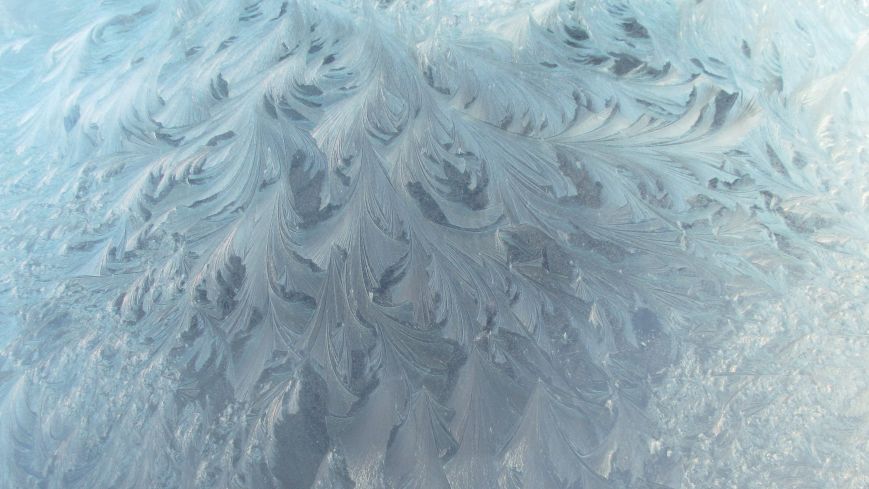The Lange Twins Are True Environmentalists

Since buying the family farm near Lodi, CA, from their father in 1980, the identical twins have embarked on numerous measures to improve the environment. From reducing inputs while still producing top-quality winegrapes (see sidebar, “Prescriptive Dusting”) to restoring watersheds, the Langes have become faces of sorts (see sidebar, “Poster Boys”) for growers’ environmental efforts. And now they’re getting their due.
The Langes were awarded the Leopold Conservation Award at the California Farm Bureau’s 88th annual meeting in December. The award, which recognizes their environmental conservation efforts and dedication to sustainable agriculture, was presented by the Sand County Foundation, Sustainable Conservation, and the California Farm Bureau Foundation. It came with a $10,000 prize.
Solar Pays
Among the Langes’ efforts at sustainability was installing photovoltaic systems (pictured on this month’s cover) to take advantage of the strong San Joaquin Valley sun. The electricity generated goes into the grid, and it is substantial. For example, one of the systems supplies enough juice for 88% of the energy needed for a pump that irrigates a 160-acre vineyard block. (LangeTwins Wine Estates has a total of 1,400 acres, though their team manages another 5,600 acres of winegrapes spread over four counties.)
The solar systems will pay for themselves in 10 years, thanks to rebates from the California Department of Conservation and a utility company, Pacific Gas and Electric. After all, sustainability isn’t necessarily just about the environment, explains Randy. A practical system must be economically sustainable as well. “We couldn’t afford to do this,” nods Brad, gesturing at the array of solar panels, “without all the rebates.” (The twins often complete each others’ thoughts.)
Another good example of how environmental and economic sustainability can work hand in hand is the Langes’ spraying system. They utilize an electrostatic sprayer to ensure that every practicable ounce of chemical goes on the vines, saving both money and air quality. However, the Langes wanted to take a step further and save on the number of passes as well, so they could save on fuel, and again, on air quality. The electrostatic sprayers they found could do only two rows of vines at the most, and they wanted one that would do four rows, so they took the trouble to build their own. “It’s not necessarily an easy way to farm,” says Brad, “but it’s part of the way we were raised.”
Back To Nature
But the Langes’ most striking environmental endeavor, and the one for which they won the Leopold Award, is for helping to restore the watershed along the Mokulmne River, which runs through their property. They placed native plants in the ground in an area along the water that was completely barren when they started on it 12 years ago. Today the area is covered with all the elderberry brush, buckwheat, and other habitat they planted, as well as volunteer plants such as cottonwoods and willows.
But how do you put a price on the satisfaction you get from seeing dozens of little wood duck chicks each year being raised in the boxes you installed? Or on the gleeful look on a girl’s face when she catches her first fish? “It’s who we are,” says Brad. “It’s who we’ve always been.”
Those aren’t just words to the Langes. While walking along the banks of the pond about 15 minutes earlier, Brad had pointed to a deflated mylar balloon that had fallen from the sky into the brush. He’s about to get into his pick-up to continue giving a visitor a tour when he stops and says, “Oh shoot, I almost forgot,” and jogs off. A couple minutes later he returns, tossing the balloon into the truck’s back seat.
Prescriptive Dusting
A good example of how Brad and Randy Lange minimize their environmental impact — and do it affordably — is a strategy they term “prescriptive dusting.” Like most winegrape growers, they are constantly battling powdery mildew. Early on, they confess, their dusting strategy wasn’t exactly sophisticated. “We used to come in and say, ‘The Chardonnay needs dusting,’ so everything gets it,” says Randy.
But the Langes grow 20 varieties of winegrapes, and they came to realize that not all the varieties were as susceptible to powdery mildew as Chardonnay. They decided to break the varieties into three classes, and each would be on a different dusting schedule, according to its susceptibility to powdery mildew. The most vulnerable grapes, such as Chardonnay, would be dusted every eight days. Those that had the highest tolerance, such as Cabernet Sauvignon, would be dusted every 12 days. The grapes that were somewhere in the middle, such as Merlot, would be dusted every 10 days.
It wasn’t easy to set up such a system, however. Luckily, they were able to enlist some support from Randy’s computer-savvy son, who developed a spreadsheet that laid out a schedule showing exactly when each of their blocks needed dusting. It was well worth it, say the Langes, as the very first year the system was in place they used 75 fewer tons of sulfur. They are always on the lookout for such situations, where they can save the environment and save money.
“Sure, it takes more management,” says Randy. “But we’d rather put more money into management and less into inputs.”
Poster Boys
Randy and Brad Lange are fortunate in that unlike many growers, their efforts to improve the environment have not gone unnoticed. The twins are pictured in a recent advertisement for the organization Environmental Defense that is headlined “Thank you, Langes.” The ad, which states that LangeTwins Wine Estates produces not just wine, but clean air and water and a nurturing habitat for wildlife, asks people to back such efforts. The text reads, in part: “Unless we support private landowners like the Langes, we cannot meet some of America’s toughest environmental challenges.”




